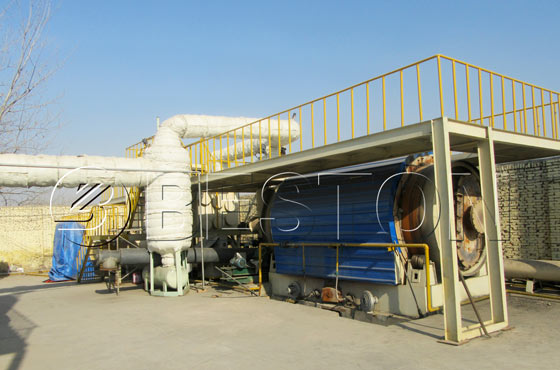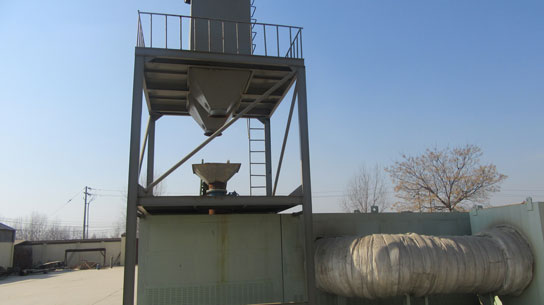Plastic constitute a large portion of wastes in the world. Its nonbiodegradable nature poses a risk to the environment. The only best way to get rid of this environmental risk is by transforming waste plastic to a more useful resource through waste plastic to oil conversion process popularly known as pyrolysis. Waste plastic to oil process involves molecular breakdown of larger plastic molecules to smaller oil molecules using heat in absence of air popularly referred as pyrolysis process (proceso de la pirolisis). During the pyrolysis process, extreme heat makes the plastic molecules more vibrant, extreme vibration stretches every molecule forcing it to break down to smaller oil molecules.

Waste plastic undergo a number of process before it is converted to oil. First, the plastic is shredded to smaller pieces and its moisture level put below 15 per cent. Shredded plastic is then transported to the reactor which is gradually heated. At temperatures above 250 degrees Celsius, oil gas is produced which is condensed to liquid oil. Remaining oil gas which has not liquefied is taken back to combustion system. After finishing the pyrolysis of plastic to oil process, the reactor is cooled down and the black carbon discharged.
Advantages of waste plastic to oil conversion process
Unlike other methods used in plastic recycling, pyrolysis reduce the environmental impact which are as result of non-utilised plastic parts. In pyrolysis process the whole plastic is used and there is no separation between parts which cannot be recycled. Gases and oil which are as a result of waste plastic to oil conversion process could be used as a source of energy for industries and generators thus being of economic significance when it comes to resource use. Also, the black carbon residue obtained as the end product can be used to make building bricks thus leaving very little volume of waste. Click https://www.bestongroup.es/la-instalacion-de-pirolisis-de-plasticos/.
Waste plastic to oil conversion process can be very useful in the modern day life due to the increase of waste electric and electrical equipment’s which consist of plastic parts. It acts as an alternative channel through which waste plastic can be made more useful by conversion to oil. Its environmental impact is very minimal compared to other alternatives of plastic recycling like landfill and incineration.

Rapid urbanisation and industrialisation poses a risk to exhaustion of fossil fuels and increased environmental impact due to increased use and disposal of plastics. Despite there being other alternative source of energy to fossil fuels like wind power, solar and hydropower; waste plastic into fuel conversion process can be very useful since it uses no natural resource while it gives output aimed at conserving limited natural resources.
The other benefit which cannot be overlooked is the amount of capital required to venture into waste plastic to oil conversion process is more cost effective. This makes it more economical and affordable venture. Once initial capital is invested in purchasing pyrolysis plant, the cost required for continuous pyrolysis process and operations are minimal thus making the project not only affordable but viable for a longer time period. Industries that can greatly benefit from pyrolysis process include; steel, chemical, power and ceramics industries among others. If you want to know more about the plastic to oil conversion process, you can click here: www.bestongroup.es.